Tips for Writing Your Upcoming Report
This blog is designed for teams who are preparing to write research reports to help them avoid some of the common pitfalls research translation reviewers have observed during the LASER internal review. In this blog, we will cover: (1) the goals and afterlife of your report, (2) your audience, (3) writing for clarity and being succinct, and (4) data synthesis.
1. The Goals and Afterlife of Your Report
The goal for these reports is that they provide actionable information, key takeaways, and recommendations to your audience. The specificity of the goal will vary by both the content of your report and your intended audience (see point 2 below).
The afterlife of your report typically falls into two possibilities: internally or externally facing. An internally facing report will typically only be seen by the USAID operating unit you are working with to aid them in their work. An externally facing report can live in many places, but commonly the destination is the USAID Development Experience Clearinghouse (DEC). The DEC is accessed by USAID and other practitioners at large so the audience your work is speaking to is relatively broad. It is important to consider the afterlife of your work because this can inform how careful you are with the phrasing and presentation of data to prevent the misuse of your data.
2. Your Audience
Considering your audience is of critical importance to consider when writing your report because knowing who they are and what they might want or need will impact the way that the research is translated. Overall, the goal of research translation is to make rigorously conducted research accessible to a broad audience who would benefit from the knowledge generated by researchers. However, to make writing accessible requires that we know who we are writing for on a general level. If we know that our audience is composed of people who are not not technical experts in a methodology we are using or a theoretical framework that our work relies on then we will need to adjust our writing to make more space to explain these things to our audience. The less we know about our potential audience the more generalized our explanations need to be to accommodate the broadest audience.
In general, if you are using a term or method, you should state what it is, what it means, and why it is relevant to the lived reality of the community or topic you are writing about in your report. For example, if my report included running my data through an ANOVA then I should explain that an ANOVA is a statistical method for comparing the averages of different variables and this allows our (fictional) research team to compare average self-reported rates of exposure to violent extremism across different age groups of young women within the community we have been working in.
Finally, it is beneficial to clearly state who your intended audience is and the proposed utility they are hopefully going to find in reading your report within the text of your report. This could be one sentence within the introduction where you are stating the goals of the research as it is presented within that particular report. Remember that each report is a standalone document and each should have their own stated audience and utility (even if it may be similar to another report).
3. Writing for Clarity and Being Succinct
For these kinds of reports, the emphasis is on being clear and succinct. This does not mean that your report has to be devoid of your own authorial style, but it does mean that leaning toward putting things in a bullet pointed or numbered list and summary tables rather than weaving lists of information or research questions into a paragraph is preferred. A few points that are worth being very clear and upfront about are:
- Research Question(s)
- Variables or factors being examined
- Method(s)
One way to clearly display this information would be to put it all together in a table so that readers can see how each of these are related to one another (ex. what method(s) address which question(s) and what variables are of interest within each question). If you are interested in some advice for how to go about managing and organizing data so that it can be easily mapped, check out the blog Secondary Data Management & Organization. Showcasing this information in a succinct way allows you to condense the narrative of the report and helps your reader to clearly see what they are likely to learn from your report.
4. Data Synthesis
When possible, make sure that multiple types of data can speak to the same question to give a more complete narrative for the analysis.
Synthesizing qualitative and quantitative data together in order to answer the same question produces a stronger answer to the question. Quantitative data can give you information about the scale of an issue. Qualitative data can tell us about the lived experience that the quantitative data represents.
For further clarification and assistance with research translation, please reach out to your Research Project Manager or Dr. Naomi Levine (the LASER internal review team lead).







Leave a Reply
You must be logged in to post a comment.